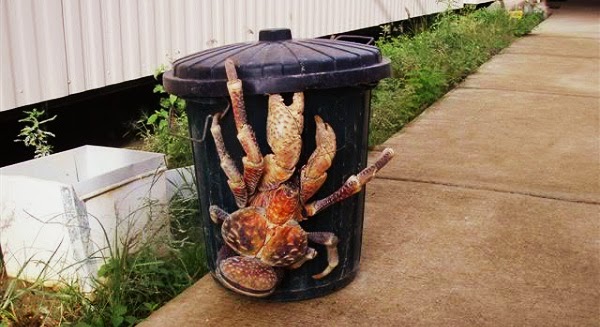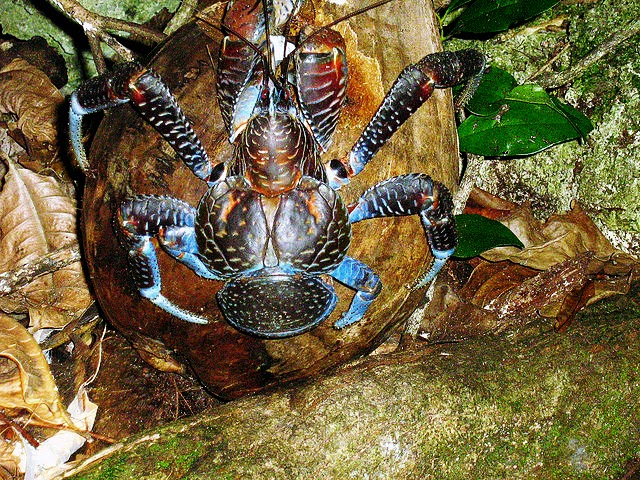 |
| Japanese fisherman with net full of jellyfish. |
Maybe not many of us ever expected that the
biggest threat will come from one of the most gentle creature without brain against human,
whether we believe it or not, these notorious stinging creatures getting larger
and larger in number every year and causing lots of damages in various ways. Sure we all know
that human are the causes of this blooming jellyfish, but here we want to see
what are the threat and what should we do.
The increasing of jellyfish population occurred
much frequent over the pas few years and threatens other marine life populations that
become the source of income for human. The fisherman in Southern Japan and South
Korean are among fisherman affected badly by these jellyfish. When there are
jellyfish in the net, all the fishes inside it are no longer suitable for human
consumption. Anyway you can see how many jellyfish were caught in the picture
above. So Japanese government keep on trying to improve the situation to help
the fisherman.
 |
| Large number of jellyfish can cause many devastation in human activities. |
 |
| Moon jellyfish that cause the closure of reactor in Sweden. |
 |
| Box-jellyfish, one of the most venomous. |
That’s only one part of the invasion problems. Some
jellyfish equipped together with powerful stinger that can cause death when
contact with human. These jellyfish are mostly transparent and some of them are
very small to identify by swimmers. Even though not all jellyfish are harmful most
of them still can cause painful stings.
One of the most dangerous jellyfish also known
as box jellyfish is very small can cause death in short period of time. Box
jellyfish native to Australia now had spread in many other areas in the world.
These are the areas where human enjoying the beaches with their family and
relatives. All we need to know jellyfish has nothing to do with human as we are
not their source of foods.
 |
| Jellyfish life cycle. |
 |
| Non stinger jellyfish. |
 |
| There area many other species of jellyfish in the world. |
In bigger scale jellyfish threat get more
serious when few incidents had caused interruption in human activities. The closures
of nuclear plants or power reactors caused by jellyfish invasion become more
frequent all over the years. Some of the incidents include; Australia (937),
Madras (1989), Philippines (1999), US Navy warships (2006), Scotland; Japan;
Israel (2011) and also in Sweden (2013).
Throughout the world, scientists are trying to
understand more about jellyfish not just to find an antidote for their stinger
but also to learn how they grows in such large numbers. Jellyfish have
different life cycle than from any other creatures. Jellyfish can stay in polyps’
stage for long time before producing the medusa (as the jellyfish that we
know). So what triggering the production of the medusa and why it happens more
often?
 |
| Purple-stripped jellyfish at Monterey Bay Aquarium that also studying on jellyfish, |
 |
| Sea nettle jellyfish also in aquarium. |
With the changes of environment caused by human
activities that caused the alteration of marine population has resulted the
blooming of jellyfish. The over-fishing, habitat destruction, pollution and many
other activities had killed most of the creatures that prey on jellyfish. They
are few other factors that increase the numbers of jellyfish, anyway if they
have no prey anymore - their numbers will only get bigger.
It’s not hard to tell when the equilibrium of
nature had been interrupted it will caused catastrophe. It will keep on going
until the equilibrium comes to normal again. In this case, if we never restored
the balance of nature - we will see some new species!



















